5 Common Mistakes When Taking a Bath
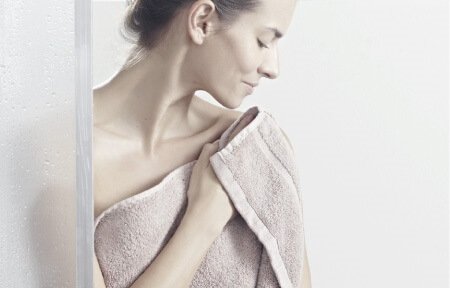

Written and verified by psychologist Valeria Sabater
Taking a bath is the most relaxing way to end the day. But did you know that there are things you do when you bathe that are actually bad for you?
That probably seems strange, since there’s nothing more enjoyable, relaxing and hygienic than taking a bath with essential oils right before going to bed. However, many people make some common mistakes when taking a bath. What are they?
Find out below!
5 Common Mistakes When Taking a Bath
1. Be careful with hot temperatures
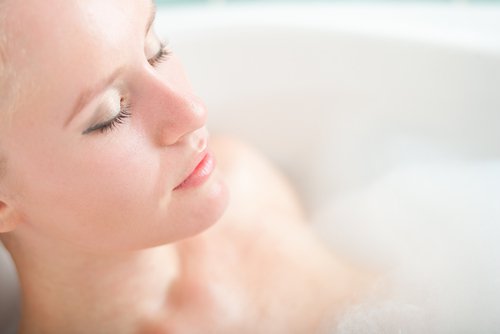
Yes, we know. There are few things as enjoyable as a hot shower or bath when arriving home to help us relax.
However, what happens if the temperature is too high and you’re in the shower for 15 or 20 minutes?
When you get out of the shower, the temperature difference could make you feel weak or dizzy. In addition, very hot water can make you lose part of your natural body oils, those that your skin needs to keep itself smooth and hydrated.
It’s best not to remain too long in hot water. Five or six minutes is enough.
Afterward, you can continue your shower or bath with a warm – but not hot – temperature. Don’t scald yourself!
2. Be careful when drying off
There are some who, after getting out of the shower or bath, take their towel and dry themselves in a very energetic and vigorous manner.
However, if the towel itself is also very dry or scratchy, then you’re actually harming and irritating your skin with this.
It’s best to use a soft towel that will allow you to dry your skin with small patting movements, gently eliminating the excess water without roughly rubbing your skin.
Bathrobes, for example, are really comfortable and convenient, as they allow you to wrap up warmly while your skin dries almost without you realizing it.
3. Take care of your towels!
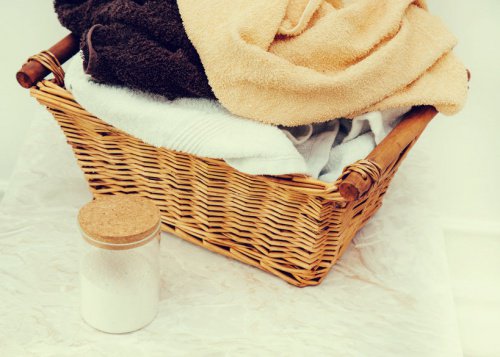
Sometimes, the danger with towels is not only that they’re rough and irritate your skin. Another of their risks is that they often become susceptible to growing bacteria and germs.
Why is this?
This is because of the humidity that often remains in their fibers if they’re not dried well.
Thus, the best option is to replace your towels every so often. There are times when towels become so old they’re saturated with chemicals from washing detergents that even lead to allergic reactions.
Likewise, according to an article published in Food Protection Trends, towels (bath towels and kitchen towels) can be a breeding ground for bacteria if you don’t wash them enough.
4. The risk of using too much soap when taking a bath
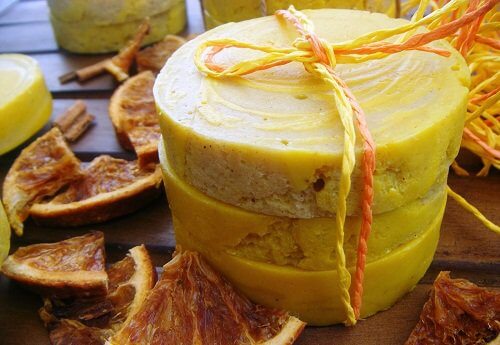
The amount of soap you need obviously depends on how active you are throughout the day, what you’ve come in contact with, etc. Some perfumed soaps are high in alcohol and other chemicals that will alter the pH of their skin.
Protecting your skin’s natural pH is very important because it is responsible for defending against external agents such as mites, bacteria o other microorganisms.
What is the recommendation?
Use the right amount of soap and water. If you use natural soaps, even better.
5. Be careful with sponges
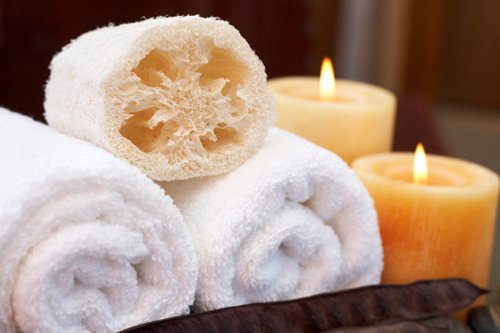
This is a curious fact and worth keeping in mind.
Believe it or not, the most appropriate and healthy option for skin is to use a sponge only two times a week while taking a bath. The rest of the time, you should apply an appropriate amount of soap with your hands.
A couple of times a week, you can exfoliate with an appropriate sponge, like a loofah. That way you can get rid of dead skin cells and reestablish your skin’s balance.
Then, you should dry the sponge in the sunlight after use to prevent the colonization of molds that can cause infections or folliculitis. A study from the Journal of Clinical Microbiology found that sponges are a breeding ground for bacteria and the growth of yeast and fungus.
All cited sources were thoroughly reviewed by our team to ensure their quality, reliability, currency, and validity. The bibliography of this article was considered reliable and of academic or scientific accuracy.
- Cherro Osorio, S. (2004). Bionatural: fabricación y comercialización de jabones naturales. http://repositorio.usil.edu.pe/handle/USIL/2339
- Bottone, E. J., Perez, A. A., & Oeser, J. L. (1994). Loofah sponges as reservoirs and vehicles in the transmission of potentially pathogenic bacterial species to human skin. Journal of clinical microbiology, 32(2), 469-472. https://jcm.asm.org/content/jcm/32/2/469.full.pdf
- Koenig, D. W. (2014). Occurrence in Kitchen Hand Towels. Food Protection Trends, 34(5), 312-317. https://www.researchgate.net/publication/288439550_Bacterial_occurrence_in_kitchen_hand_towels
This text is provided for informational purposes only and does not replace consultation with a professional. If in doubt, consult your specialist.








